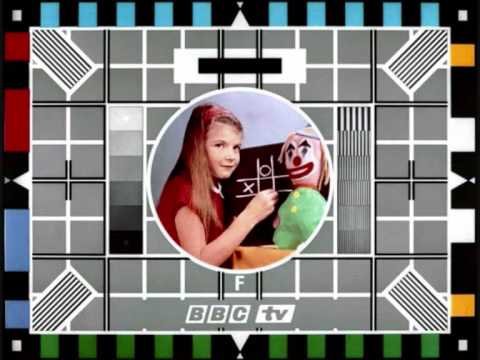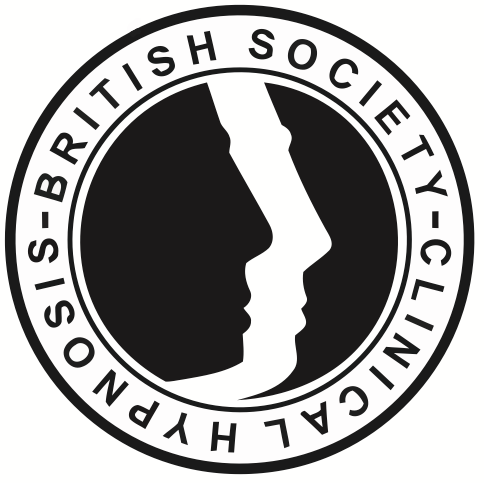Some young people go through adolescence with nothing more than a few ups and downs and some bothersome acne. For others, the journey from childhood to adulthood can prove traumatic. there are so many teenage problems, the list would be as long as your arm, a very long arm. Teenagers can have problems.
Experts agree that children today are growing up with more anxiety and less self-esteem with much emphasis and blame put on the internet and social media. Issues such as cyber bullying, sending and posting insults or inappropriate photos online, photo-shopping ‘selfies’ creating body images that are unrealistic and unattainable, not to mention ‘sexting’ and forming online relationships and friendships with individuals who can choose to remain anonymous.
An then there’s the loss of social skills. Teens today are learning to do most of their communication while looking at a screen rather than an actual person. Dr. Catherine Steiner-Adair a clinical psychologist and author of The Big Disconnect says, “As a species we are very highly attuned to reading social cues and so there’s no question kids are missing out on very critical social skills.” She goes on to say, “…body language, facial expression, and even the smallest kinds of vocal reactions are rendered invisible.”
In fact a survey conducted by the Royal Society for Public Health asked 14-24 year olds how social media platforms impacted their health and wellbeing. The survey found that Snapchat, Facebook, Twitter and Instagram all led to increased feelings of depression, anxiety, poor body image and loneliness.
So how was it being a teenager in previous decades? Were teens any happier or more emotionally stable? Are these really troubling times for troubled teens?
Well for starters, youths in the 1970’s had their own version of the text message – more commonly known as a Dymo label maker.

In the UK there were only three television channels showing a few programmes during the daytime with hours in between of nothing more than the trade test transmission. – aka the test card.

And if you hadn’t already gone to bed with a torch and a copy of The Lion, the Witch and the Wardrobe, then at around midnight after the last program had finished, a BBC announcer with an aristocratic voice would wish everyone a very pleasant night, remind them to turn their television off, and then leave the national anthem playing – signalling bedtime for all.
In the 1980’s before the age of the mobile phone, calling home while out would have been done via the humble payphone. This came with the added advantage of the operator who would obligingly call Mum or Dad to confirm they would accept the charges. If you had a house phone, it would most likely have been hard-wired in the hallway or the kitchen providing zero privacy and accompanied with shouts of “hurry up on that phone!” Extra security came in the guise of the phone lock.

Teenagers of the 1990’s would have been the last generation to experience a world without high tech gadgets and gismos’. This was the era of CDs, floppy discs and dial-up internet.
These were indeed simpler times, without the pressures of mobiles phones or social media tracking people’s every move, but with that came the pain of never being sure you could contact someone.
So were teens of a bygone age any happier than this generation whose lives are saturated by mobile technology and social media?
Well quite apart from the pressure of social media there are many other influences involved in the stresses and strains of modern teenage life.
In 1950 just 3.4 per cent of young people went to university, today almost half of all students go onto further education and the pressure for good scores and places at the best universities can be grueling.
Today even in our primary schools, children are sitting national tests and are showing increased signs of stress and anxiety around exam time, with some children suffering sleepless nights and panic attacks. Many teachers say fear of academic failure has led to an increase in young people with mental health issues.
Today’s teens differ from previous generations in that they are growing up in a culture driven by competition, perfectionism, materialism, where success is defined by status, performance and appearance.
So how can you tell if your teen is experiencing problems? Here are some tell-tale signs:
- Deep sadness
- Changes in eating habits or weight
- Changes in sleep patterns or activity
- Changes in mood and behaviour
- Plunging self-esteem
- Social withdrawal
- Problems at school
- Physical pain
How can hypnotherapy help?
Hypnotherapy is a safe and relaxing therapeutic technique which allows children, teenagers and young adults to release deep rooted negative beliefs which may have been picked up from television, media, school or family and friends.
If you are in this situation, know or know of a young person who is ‘stressed out’ – Help is out there https://gailmarrahypnotherapy.com/children-teens/
You might be interested in this article from the BBC on hypnosis for anxious teens http://news.bbc.co.uk/1/hi/health/6230327.stm








